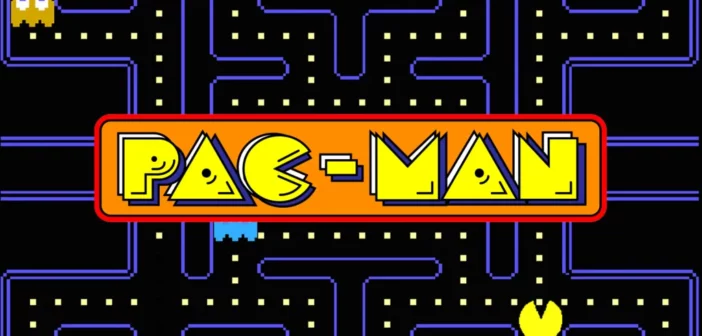Despite finding their origin in the 70s, video games and gaming as a whole largely owes itself to the 80s. Think of “retro” games of the past: Pacman, Tetris, Donkey Kong, Castlevania, and even Super Mario Bros. All came about during the 80s. While the 70s started to mainstream gaming appeal, it’s the 80s that became the icon decade that helped bring the world of video gaming into the limelight.
When you think about 80s gaming, it’s more apt to imagine the arcades that dominated films of the time (Terminator 2: Judgement Day, Tron), TV shows and films that try to evoke that 80s nostalgia (Wreck-It-Ralph, Stranger Things), or even God-awful modern creations that try to capture the magic of the decade and epically fail (Pixels – but we secretly love it anyways). In fact, films, TV, music, and even literature have been littered with call-backs and homages to the 80s, demonstrating how influential a decade it has been in the world of pop-culture references.
Yet, moving past simple references, 80s gaming has become typified in recent years as a ‘retro-ideal’, with games and gaming harking back to the magic of the 80s and actively trying to recreate that lightening-in-the-bottle feeling. As the decade that constantly pushed gaming to its limits, it may be bold to say the 80s did more for games than any other decade, but it’s a view that certainly feels widespread. Even 30-40+ years on, genres and styles established in the 80s (Metroidvanias, Fighting Games, etc.) find themselves in abundance even in modern gaming – think Hollow Knight and Dead Cells, or even the continued instalments of Street Fighter and similar games that popped up in the 90s.
In fact, most video game genres find their roots in the 1980s. Computer-based RPGs first came about in the 1980 game, Akalabeth: World of Doom, but they truly find their success in 1986 with the first Dragon Quest game. On the other hand, while first-person shooters have origins further back into the 70s, they gained more popularity with games like Wolfenstein and took on new meaning in the 1990s with Duke Nukem and Doom. The 80s became the foundation for many of the genres and styles we love today, but even as they established the industry as we know it, it doesn’t mean it wasn’t to the detriment of the industry either.
While the early 80s became a testing pot for new games and genres, the onslaught of games released in the early part of the decade (especially in Western countries like America) caused the industry to almost collapse inwards. Partly due to the sheer amount and largely thanks to the poor quality of the games, consumers’ trust in the industry weakened and almost threatened to undermine the whole market. While the gaming market today is one of the biggest industries in the world, the emphasis on quality over quantity (in most cases – EA, we’re looking at you here) is largely a result of the learned mistakes that the 80s established. Although, one could also summarise that this weakened faith has made it harder for consumers to trust indie and smaller game designers, a struggle that is continually felt even now.
While not its origin, the world of 80s gaming was one packed to the brim, seeing the highs and lows that would impact the industry for years to come. With a slew of new genres and styles, 600 words don’t quite seem enough to do the momentous decade justice – but it’s a start.






